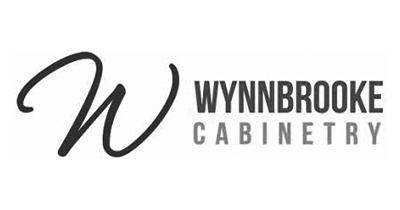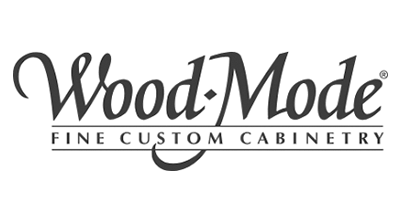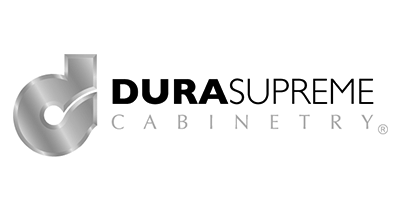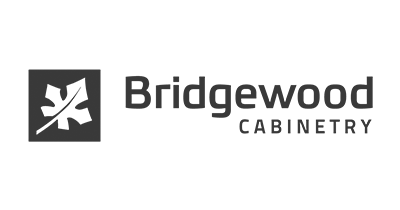Blog
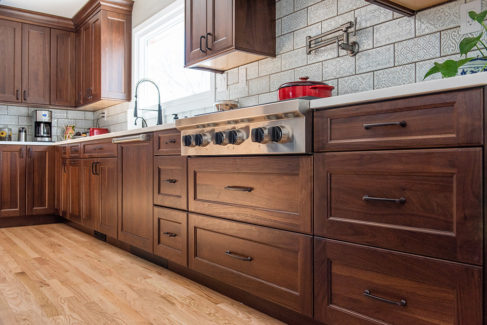
8 Ways to Determine the Quality of a Cabinet Finish
While the idea of ‘quality’ is largely subjective, certain standards apply when it comes to cabinets. Here are some things to look for:
1. Plywood vs. particle board
Plywood is the stronger option. The best quality cabinets have plywood sides and backs. This ensures that they hold their shape during transportation and installation in your home, that they can support the weight of countertops and appliances, and they repel moisture. Plywood also holds screws, fasteners and glue better than particle board.
2. Full-height back panels
Full-height back panels add strength and prevent the cabinets from collapsing under the weight of heavy kitchenware. These panels also make the cabinets easier to install. The back panels should be made of heavy plywood.
3. Soft-close hinges and under-mount drawer glides
Good quality hinges will prevent doors from coming loose and sagging, as well as ensuring that the doors always close properly. The best hinges close doors slowly to avoid excessive wear and tear, can be adjusted in many directions and have a lifetime warranty. Quality drawer glides, or slides, provide smooth, silent action for many years. They hold a lot of weight without sagging or getting stuck.
4. Hardwood dovetail drawer boxes
Dovetail joints (sides that fit together with interlocking teeth) and plywood bottoms are industry standards of quality, strength and beauty. The glides are typically at least ⅝ inches thick. The bottom attaches to the sides with groove joints that are glued and nailed together.
5. I-beam construction
I-beams are ½ inch stretchers on the upper sides of the base cabinets. They provide strength and help the cabinets maintain their shape during transportation and installation.
6. Melamine interior
Melamine is a smooth, non-porous surface that is long-lasting and easy to clean. It can be applied to plywood, particle board and wood veneers.
7. Face Frames
A frame that the door attaches to, rather than the door attaching directly to the sides of the cabinet, is a sign of quality. The frame creates a more secure attachment for hinges, and adds strength and durability. The three styles of framed cabinets are partial overlay, full overlay and inset.
8. Lifetime warranty and industry certification
While a warranty does not necessarily equate to quality, a lifetime warranty shows that the manufacturer has confidence in its product. A lifetime limited warranty is a guarantee that the cabinet will function as expected for as long as the purchaser owns it, and allows for repair or replacement if the cabinet fails. Cabinets certified with ANSI/KCMA A161.1-201 2 meet the minimum quality requirements set by the American National Standard.
Flaws in Lower Quality Cabinets
The finish is often where poor quality is first evident. Telltale signs include:
- Globs of stain in crevices.
- Tiny dirt particles trapped under the finish.
- Rougher areas to the touch where uniform sanding procedures were absent.
- A murky look where the natural graining seems masked, a result of using a toner stain coat to blend the different wood pieces prior to the hand coat.

